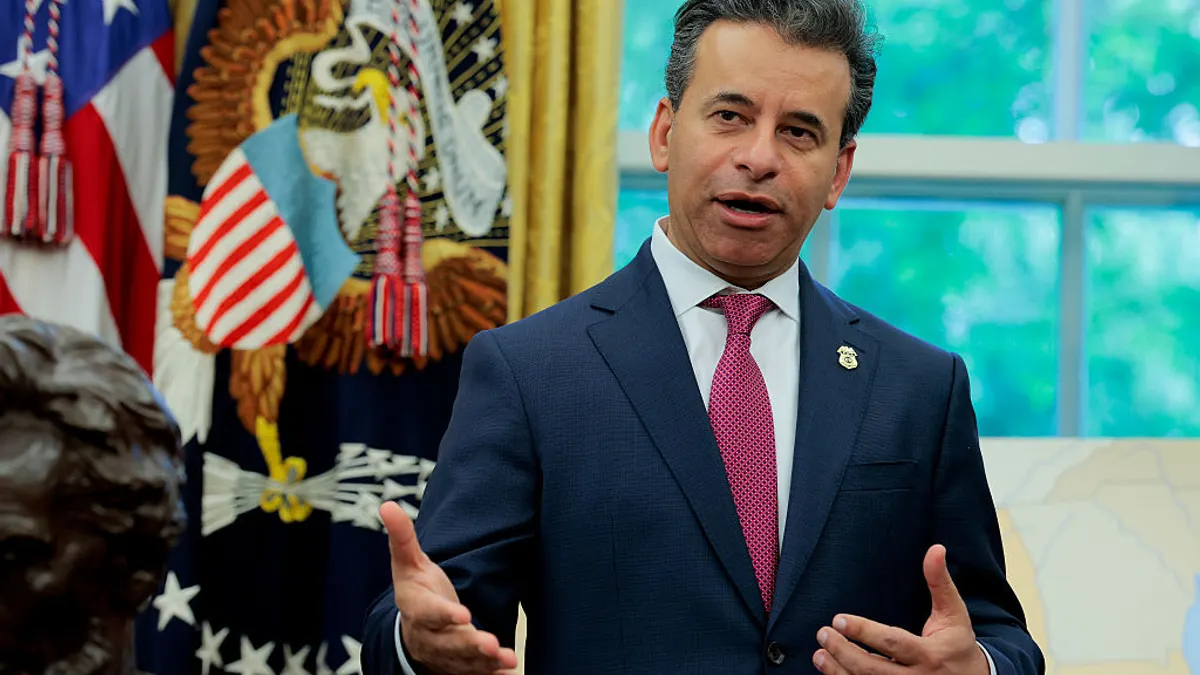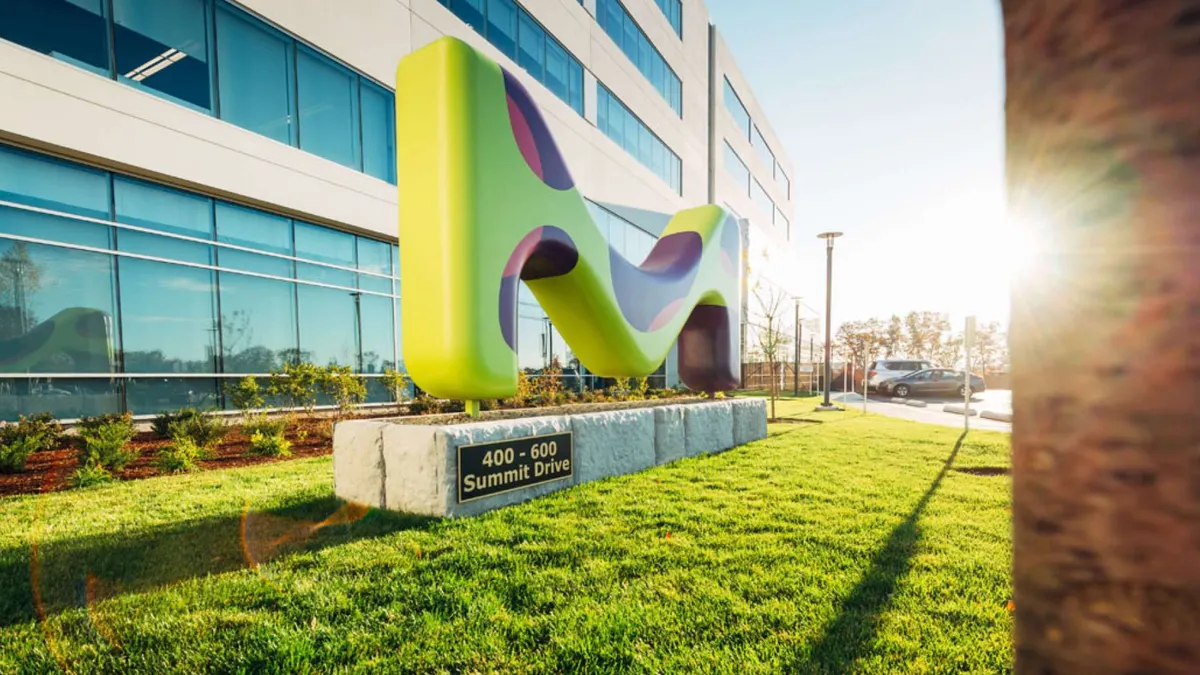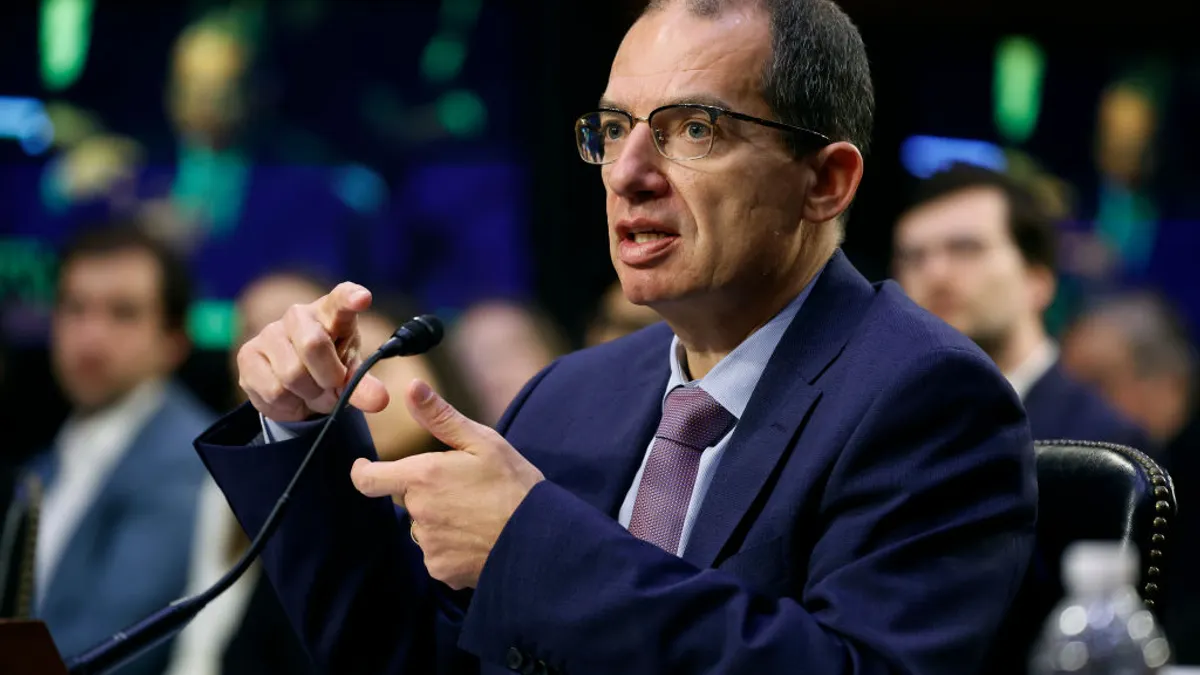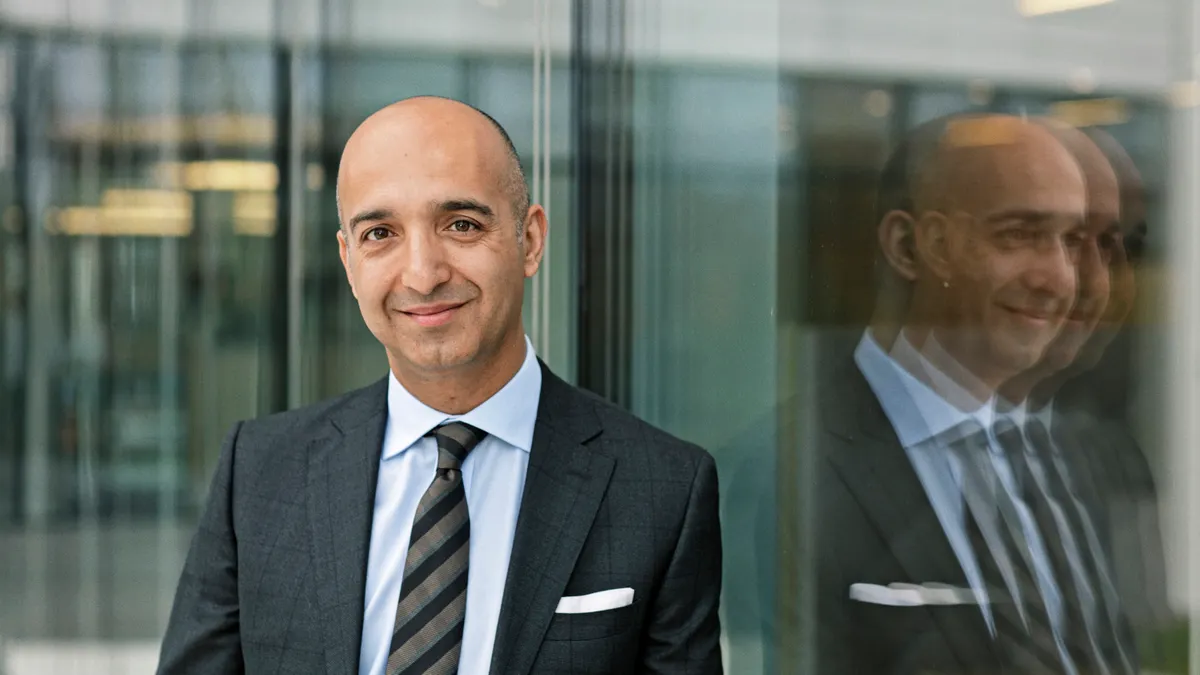When Wall Street analyst Ronny Gal joined Swiss pharma giant Novartis in the newly created role of chief strategy and growth officer, he came to the table with industry know-how and an outsider’s perspective on dealmaking and pipeline trajectory.
Gal’s arrival at Novartis in July 2022 coincided with the company’s announcement a month later that it would be spinning off the generics and biosimilars business Sandoz by the end of the following year. Under CEO Vasant Narasimhan’s vision for a more focused “innovative medicines” company, Gal set out to paint what would become the big picture of Novartis’ new direction.
That transformation required a reset for the executive committee — alongside some high-profile C-suite changes — defining how leaders oversaw distinct branches of the company and creating a more simplified structure to support core therapeutic areas like oncology, cardiovascular, immunology and neuroscience.
“[Narasimhan] wanted somebody who could challenge the internal thinking about what is important and relevant — a way of avoiding group think,” Gal said. “What I’ve been doing for a large part of these three years is helping to shape the organization internally. We created a unified strategy group that looks at research projects, development projects and commercial projects all at once and brings in an outside view.”
After decades of consolidation that resulted in a stretched-thin business model, Big Pharma has spent the last few years letting go of excess baggage, Gal said.
“There has been a movement to slim down and get out of things that you’re not necessarily going to be the leader in, or don’t necessarily have a differentiator,” Gal said. “People are trying to deepen their expertise and deepen their portfolios as opposed to saying, ‘I want to do everything.’”
With a new direction and the financial freedom afforded through the earlier spinoff of its eye business Alcon and the sale of its animal health arm to Eli Lilly, the company began to operate a more specialized and R&D-focused organization. An imminent patent cliff for the company’s bestselling heart failure drug Entresto also contributed to the urgency with which leadership was reevaluating the future.
Moving forward with alacrity around a core set of values and therapeutic areas kept leadership invested in a singular direction rather than having too many eggs in too many baskets. For Gal, the strategy has been to make growth at Novartis more “professionalized and matrixed” while pursuing external opportunities that keep the pipeline humming.
Thoughtful M&A
While much of the due diligence in M&A is undertaken by individual search and evaluation teams at Novartis, Gal is there to give shape to those ideas and execute quickly when the right prospect comes along.
One of the first large deals Gal helped facilitate was with Chinook Therapeutics, which closed in 2023. Worth up to $3.5 billion, the transaction brought two late-stage kidney disease drugs to Novartis, falling into the company’s cardiovascular, renal and metabolic wheelhouse but with a more specific direction toward the kidney therapeutic area.
"That’s part of the secret sauce, taking a scientific risk and being willing to think long term about the value we provide.”

Ronny Gal
Chief strategy and growth officer, Novartis
Building through acquisitions isn’t just about finding assets that benefit the buyer, Gal said, but about adding value to those assets through Novartis’ own capabilities. That’s why the Chinook deal made sense from a financial standpoint, even at a 67% premium.
“They didn’t carry a lot of tail risk because, with Novartis’ commercial muscle in cardiovascular, we could add value to the asset more than another company would,” Gal said. “Therefore, we could afford to pay more than the value the company had seen in the public domain based on the logic of the commercial analysis and how big we can make those drugs.”
While the Chinook acquisition brought important candidates to Novartis’ doorstep, it also set the stage for the pharma giant to explore new directions in the kidney space. As the purchase came to a close, Novartis fostered a spinoff of Chinook scientists called Borealis Biosciences that would continue to investigate new drugs.
“With Borealis, the idea was we can take this group of innovative, successful, smart scientists that we can keep and run with for something really good,” Gal said.
Gal pointed out that Novartis is also currently looking at “another acquisition in the renal space that is not public.”
Early this year, Narasimhan said that this spate of dealmaking will continue at the company through bolt-on acquisitions, following up on a total of 30 deals in 2024, mostly in early stages.
With Gal at the strategy helm, Novartis has had two sizable deals in 2025 so far, announcing the purchase of Anthos Therapeutics in February and Regulus Therapeutics in April. Both transactions contributed to a core area for Novartis: a blood thinner from Anthos and an RNA-based kidney disease candidate from Regulus.
Pushing the envelope
Novartis is no stranger to running ahead of the pack. The pharma giant was one of the first to bet on gene therapy with the 2018 acquisition of AveXis — now known as Novartis Gene Therapies with the rare disease treatment Zolgensma — and was an early adopter of RNA medicine and cell therapy, also through M&A, Gal said.
“Novartis is perhaps more scientific than some companies in terms of our approach to a deal,” Gal said. “A lot of the deals are of a very high quality and involve scientific staff making decisions — that’s part of the secret sauce, taking a scientific risk and being willing to think long term about the value we provide.”
Now, the company is pushing forward on different areas that fit into the slimmed-down direction, including radioligand therapy, longer-lasting cardiovascular drugs and a concept of autoimmune treatment called “immune reset.”
Responding to changes in the pharma sector’s competitive landscape is a challenge for any company in the space, Gal said. For a chief strategy and growth officer, that means quick thinking on the M&A front.
“The number of me-too drugs and the level of competition around areas where there’s a breakthrough is intensifying,” Gal said. “The timeline is shortening, and so there’s a need to make quick and aggressive decisions.”
For Gal, those decisions come from deep scientific understanding beyond his own level of expertise. The ability to work closely with experts at Novartis is something he doesn’t take for granted.
“The most amazing thing about Novartis is the depth of individual knowledge — we once had a question about a particularly obscure chemical point, and within two days I was talking to some of the world experts who were all Novartis employees,” Gal said. “This ability to learn has led to some of my biggest enjoyment.”





















